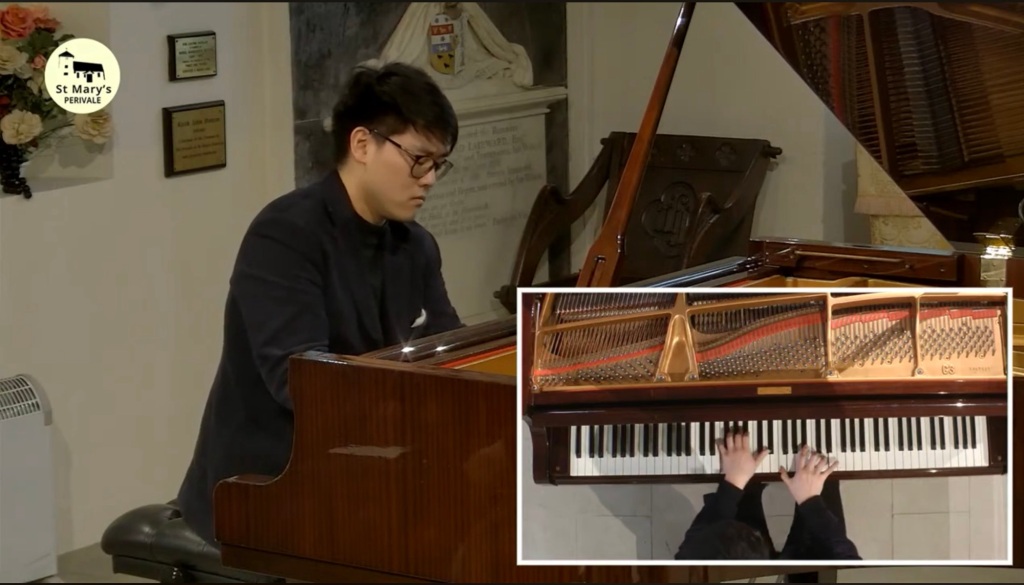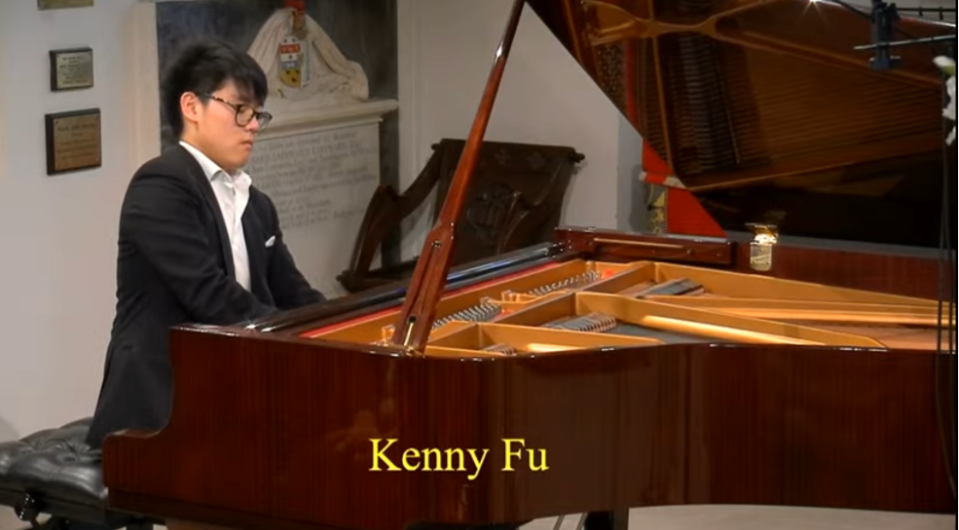
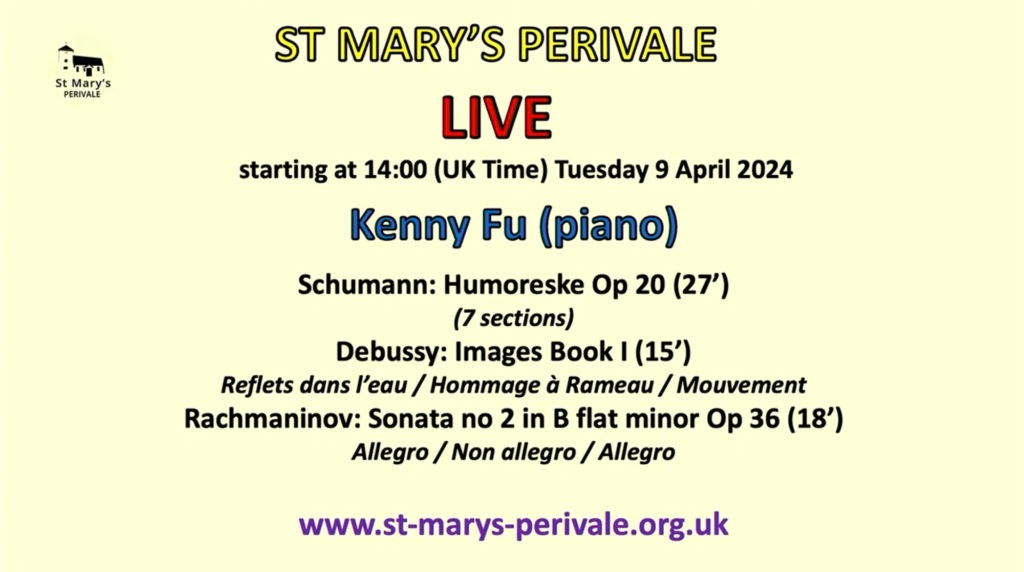
A musician is known by his programme and it was the three bold blocks that Kenny Fu presented that showed off his serious musicianly qualities.His Schumann was played from the very first notes with style and poetic sensibility but never sacrificing the clarity and chameleonic wistful changes of character that Schumann’s imbues into this work of seemingly improvised fantasy.
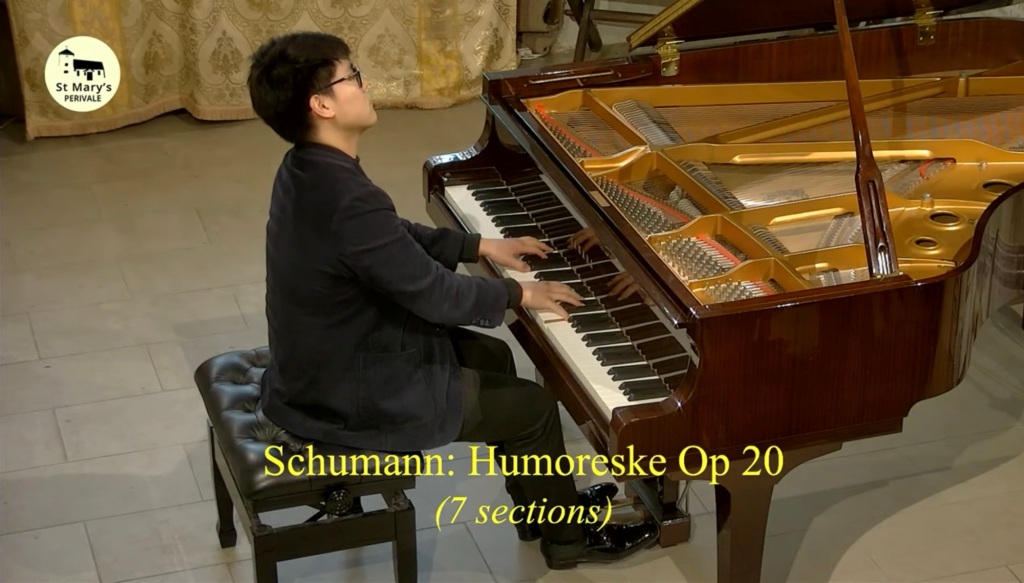
There was a rhythmic drive to the ‘sehr rasch und leicht ‘ and even Schumann’s insistence of even more energy was played with a sparkling lightness bursting into moments of rhetoric before finding its way to the magic of the opening.Episodes played without a break as Schumann joins the differing movements together into one unified whole.Kenny showed a wistful sense of poetic understanding in the gently flowing ‘hastig’ and if he just missed the sense of arrival in the spiky chords that follow he brought a sense of magic and colour to the ever changing moods of the Floristan and Eusebius characters that Schumann describes.The ‘Einfach und Zart’ of the third episode was expansive and elegiac before bursting into dynamic energy with an Intermezzo that he played with authority and technical skill as he maintained the tempo even through the infamous octaves that abound.The ‘Innig’ of the fourth that seems almost improvised in character was where the fleeting changes were brought to life with great vitality and poetry.There was fluidity and driving energy in the ‘sehr lebhafter’ and Kenny managed to give a sense of expansiveness as the excitement grew until the ‘Mit einigem Pomp’.It is here that Schumann manages to create a legato melody of searing intensity in this rather militaristic outpouring.There was a strange misreading at the opening of the ‘Zum Beschluss’ but not given any importance as the music was allowed to flow so naturally until the final imperious unwinding of the coda.
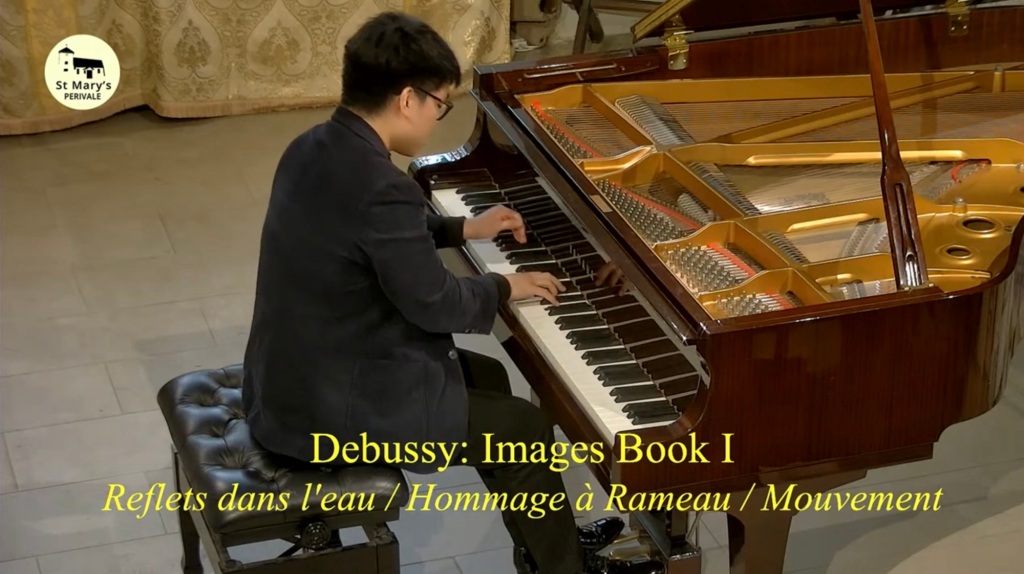
Debussy’s Images Book 1 was played with a beautiful fluidity where after the tempestuous outpouring at the climax of ‘Reflets’ Kenny brought a magical stillness to the coda but strangely seemed to miss the resolution of the final chord! However it lead beautifully into ‘Hommage a Rameau’ that he played with poetic freedom and as he said in his introduction a sense of fluidity that pervades all three pieces of Images Book 1. ‘Movement’ too was barely a murmur as it gradually became bathed in sunlight with playing of transcendental drive until disappearing into the distance from where it had first appeared.

It was however the Rachmaninov Sonata that ignited a spark in this young musician.Here was playing of more colour and sumptuous sounds as he obviously identified with the passionate romantic outpourings and cauldron of boiling sounds creating excitement and intensity.Here was playing where the clarity and precision of Schumann and Debussy were followed by playing of searing drive and intensity and considerable technical mastery.It was the same beauty of colour and sense of balance that he showed in the encore of the Bach /Siloti Prelude in B minor.Barely touching the keys he allowed the tenor melodic line to enter as if by magic creating a spell that showed off magical sense of balance and quite considerable artistry.
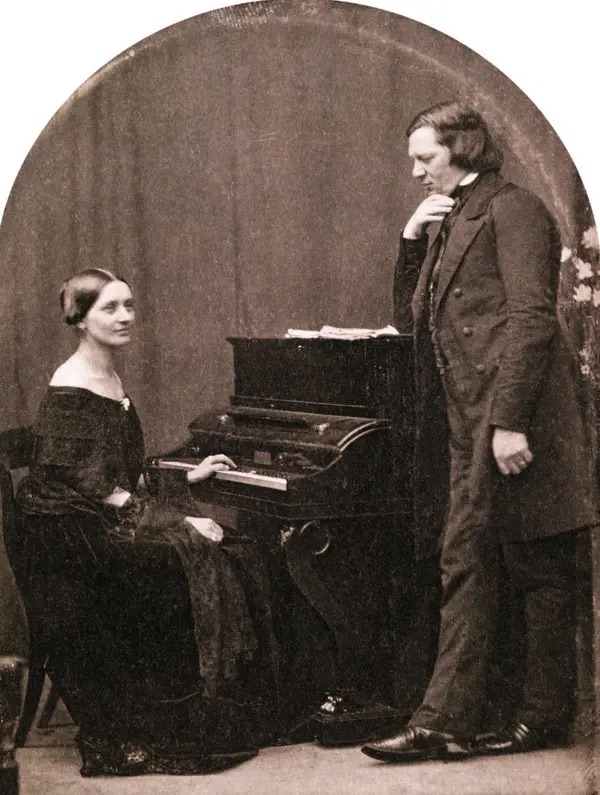
All week I’ve been sitting at the piano and composing and writing and laughing and crying, all at the same time,” wrote Schumann to his beloved Clara Wieck from Vienna in March 1839. “You will find this beautifully illustrated in my Opus 20, the great Humoreske.”
The conflicting emotions Schumann felt while composing his Humoreske are reflected in the music’s contrasting moods, or ‘humours’. In a letter of 15 March 1839 to his Belgian follower Simonin de Sire, Schumann provided a hint as to the meaning of the work’s title when he pointed out that the word ‘humoreske’ couldn’t adequately be translated into French. ‘It is a pity’, said Schumann, ‘that there are no good and apt words in the French language for such deeply ingrained characteristics and concepts as Gemütlichkeit, and for humour, which is the happy fusion of the gemütlich and the witty. But it is this that binds the whole character of the two nations together.’ The previous year, in drawing de Sire’s attention to his F sharp minor sonata, Op 11, and the Fantasiestücke, Op 12, Schumann told him: ‘The human heart sometimes seems strange, and pain and joy are intermingled in wild variegation.’
“Do you not know Jean Paul, our great writer? I have learnt more counterpoint from him than from my music teacher”. His “Vorschule der Ästhetik” with its extensive treatment of humour probably occasioned Schumann to think of giving a piano work the title “Humoreske” – thus giving birth to a new musical genre.
The “romantic humour” is not, however, aimed at humour in a modern sense of the word, but rather at a portrayal of the fragility and contradictory nature of the human condition. As if in a kaleidoscope, Schumann juxtaposes the most diverse elements of form and moods. Ernst Herttrich’s revision reflects the latest scholarly findings for this unusual work.
Schumann needed some happy diversion in his life at that particular time: he was very unhappy being separated from Clara but the reason for being in Vienna was to be able to establish in the Austrian capital his journal, Neue Zeitschrift für Musik, which he had founded in Leipzig in 1833. But the city fathers said a resounding “No.” So, what to do other than compose a new keyboard masterwork.
In fact, Schumann in 1839 was close to the end of the line of works for the keyboard, master or otherwise. His creative life had centered virtually exclusively on music for the piano, the instrument on which he envisioned becoming a virtuoso. This dream, however, was shattered when he injured his fingers by way of a contraption he used to strengthen those digits that might have been his means for attaining performing fame. But after his marriage to Clara in 1840 he turned more to songs and then symphonies and chamber music.
- Einfach Sehr rasch und leicht Noch rascher Erstes Tempo Wie im Anfang
- Hastig Nach und nach immer lebhafter und stärker. Wie vorher
- Einfach und zart Intermezzo
- Innig Schneller
- Sehr lebhaft. Immer lebhafter
- Mit einigem Pomp
- Zum Beschluss. Allegro
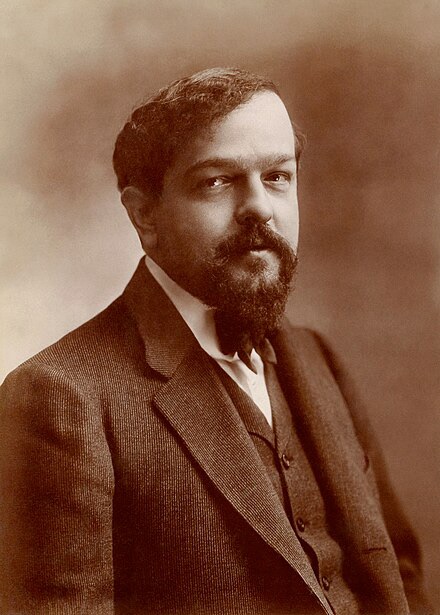
Images is a suite of six compositions for solo piano by Claude Debussy. They were published in two books/series, each consisting of three pieces. The first book was composed between 1901 and 1905, and the second book was composed in 1907. Debussy wrote to his publisher , Jacques Durand about the first series : “Without false pride, I feel that these three pieces hold together well, and that they will find their place in the literature of the piano … to the left of Schumann, or to the right of Chopin… “
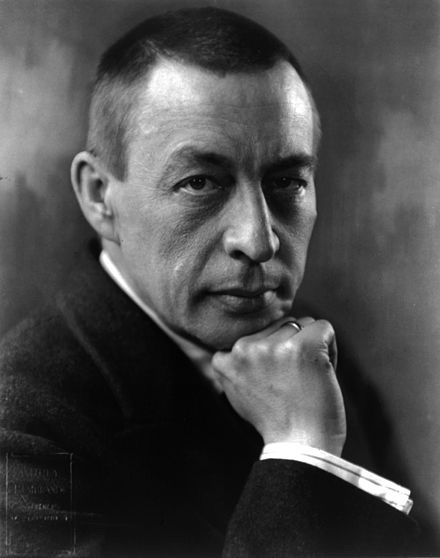
Piano Sonata No. 2, op 36 was composed by Rachmaninov in 1913, who revised it in 1931, with the note, “The new version, revised and reduced by author.”
Three years after his third piano concert was finished, Rachmaninov moved with his family to a house in Rome that Tchaikowsky had used.It was during this time in Rome that Rachmaninov started working on his second piano sonata.However, because both of his daughters contracted typhoid fever, he was unable to finish the composition in Rome but instead he moved his family on to Berlin in order to consult with doctors.When the girls were well enough, Rachmaninoff traveled with his family back to his Ivanovka country estate, where he finished the second piano sonata.Its premiere took place in Kursk on 18 October 1913 ,The sonata is in three interrelated movements:
- Allegro agitato
- Non allegro—Lento (E minor—E major)
- Allegro molto (B-flat major)
When Rachmaninov performed the piece at its premiere in Moscow, it was well received.However, he was not satisfied with the work and felt that too much in the piece was superfluous and in 1931, he commenced work on a revision. Major cuts were made to the middle sections of the second and third movements and all three sections of the first movement, and some technically difficult passages were simplified.
A performance of the original version lasts approximately 25 minutes, while a performance of the revised version lasts approximately 19 minutes.
In 1940, with the composer’s consent, Vladimir Horowitz created his own edition which combined elements of both the original and revised versions.His edition used more original material than revised throughout all three movements.A performance of the Horowitz revision lasts approximately 22 minutes.

From his early solo debut at the Wigmore Hall to his attainment of the prestigious Sir Elton John Scholarship, Kenny Fu holds much potential and promise for a bright future. He has given concerts on three continents and performed extensively throughout UK which include distinguished halls such as the St Martin-in-the-Fields, Kings Place, Wigmore Hall, Assembly Hall and Fazioli Concert Hall. His repertoire choices gravitate toward the late Classical and Romantic Eras where he brings an intense and captivating temperament to the works of Beethoven, Brahms and Rachmaninov. Kenny was a semi-finalist at the Sussex International Piano competition. During his earlier years he was the winner of the Solihull Young Musician of the Year and a Quarter Finalist at the BBC Young Musician of the Year. His reputation as a musician has also extended internationally where he was a International Piano Competition. He has also received guidance from numerous esteemed musicians such as Dimitri Alexeev, Pascal Devoyon, Imogen Cooper, Bernard d’Ascoli and Angela Hewitt. Kenny is looking forward to his Postgraduate studies at the Royal Academy of Music under the tutelage of Professor Tatiana Sarkissova. He is also the recipient of the ‘Myra Hess’ award from Help Musicians UK and is also sponsored by the Warwick Arts fund.

